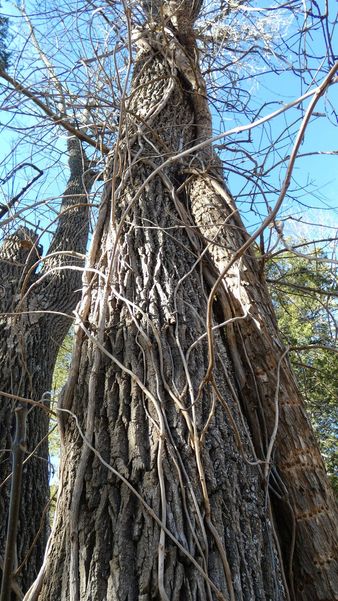Removing the vines from trees is often a very common issue for home gardeners. Let’s learn more about removing trumpet vine on trees.
Will Trumpet Vines Damage Trees?
While beautiful, these Campsis vines on trees can be very detrimental to the overall health of the host tree. Though trumpet vines only use trees to climb, there are some negative effects to consider.
Trees which have been covered in vines may struggle to support the additional weight, which may lead to broken or damaged limbs.
Trees which are in a weakened or diseased state may also pose the risk of falling.
The vines may additionally decrease the amount of water and nutrients that are readily available to the tree.
How to Remove Trumpet Vines from Trees
The process of removing Campsis vines on trees is time consuming, and Campsis tree damage most often occurs when the vines are removed from the trunk of the tree. This can be best avoided by cutting the stem of the vine at the base of the plant, and then allowing the vine to completely dry and die back before attempting to remove it. Removing trumpet vines on trees may be difficult due to the strong hair-like attachments to the bark of the tree. If the vines cannot be easily removed, consider cutting the stem of the vine into smaller and more manageable segments. Most master gardeners do not suggest the use of herbicide chemicals, as this could greatly damage the host tree. Always use caution when attempting to remove a trumpet vine from tree bark. Campsis plants contain chemicals which can cause rash and skin irritation in sensitive individuals, making it imperative to wear protective clothing such as gloves, long sleeves, and eye protection. Large and particularly aggressive vines may need to be removed by landscape professionals.
